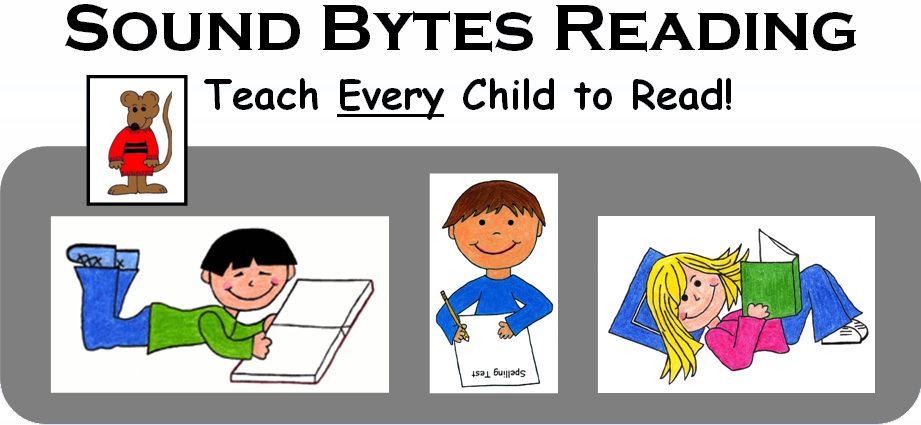Dyslexia—What Is It and What Can We Do About It?

Is your child struggling with learning to read? Is your child dyslexic? What is dyslexia?
Webster’s New World Dictionary defines dyslexia as “impairment of the ability to read, often as the result of genetic defect or brain injury.” The online Encarta Dictionary defines it as “impaired ability to understand written language; a learning disorder marked by severe difficulty in recognizing and understanding written language, leading to spelling and writing problems. It is not caused by low intelligence or brain damage.”
When a child is not learning to read, parents may wonder if there is something very wrong with their student. Parents are often advised to see an eye doctor (not necessarily a bad idea) and/or to have the student evaluated by a specialist. While optometrists may effectively evaluate deficiency in eyesight, they are not usually trained in the causes of reading difficulties, so parents need to be cautious.
Many students who are struggling with learning to read will be doing some or all of these things:
- Guessing at unknown words based on the first letter of the word or the shape of the word (Example: saying “horse” instead of “house”)
- Guessing at unknown words by looking at the pictures for clues (eyes are moving all over the page—this is sometimes diagnosed as an eye-tracking problem)
- Skipping over words
- Sometimes saying “a” in place of “the”
- Looking frequently at another reader’s face instead of looking at the text on the page
- Repeating lines of text slightly after another reader (when several students are doing choral reading together)
- Not reading fluently (reading is choppy, not smooth and expressive)
- Not knowing what they read after reading it (low comprehension)
There is good news. Whether or not a struggling reader has been diagnosed as dyslexic, he or she can learn to read. Researchers have discovered that the brains of students who can read look different than the brains of students who cannot read—BUT—after those students were taught to read, their brains looked the same as the brains of good readers. Learning to read changes a child’s brain!
“…using new before- and after- images that show what happens to children’s brains after they get systematic, research-based reading instruction, the images show that the right teaching methods can actually normalize brain function and thereby improve a child’s reading skills.” See Brain, See Brain Read… American Psychological Association, January 2, 2006. https://www.apa.org/research/action/reading.aspx
Researchers believe that children who have difficulty learning to read may have more difficulty gaining phonological awareness—that is understanding how sounds map to letters of the alphabet—so they will need more explicit instruction in how that works. That means that these students will not figure reading out by themselves and will need to be systematically taught the sounds of letters and how the letters work together to make words.
Benita Blachman, PhD, of Syracuse University, and her colleagues reported in 2004 that children in second- and third-grades with poor word-reading skills who got eight months of instruction in letter sounds and spelling while reading text (an experimental group), instead of regular remedial-reading programs (a control group), showed significantly greater gains in reading real words, non-words and passages, in reading rate and in spelling. When re-tested a year later, they had mostly held those gains. (See Brain, See Brain Read… https://www.apa.org/research/action/reading.aspx)
While there are a number of phonetic reading programs that are available, not all of them are student and parent friendly. Some are very expensive. Some require keeping a notebook and doing a lot of copy work. Some use special markings that are not in regular story books and which may confuse children. Most require that a student learn all of the sounds of the phonograms (alphabet letters and combinations of letters) before beginning to read stories. Programs like this can be difficult for students who are already struggling with reading.
If your child is struggling with reading, and you want a strong phonetic reading program, try Sound Bytes Reading. Sound Bytes Reading is affordable, student and parent friendly, and can help your child quickly become a successful reader. Is your child dyslexic? Struggling reader? Not anymore!
